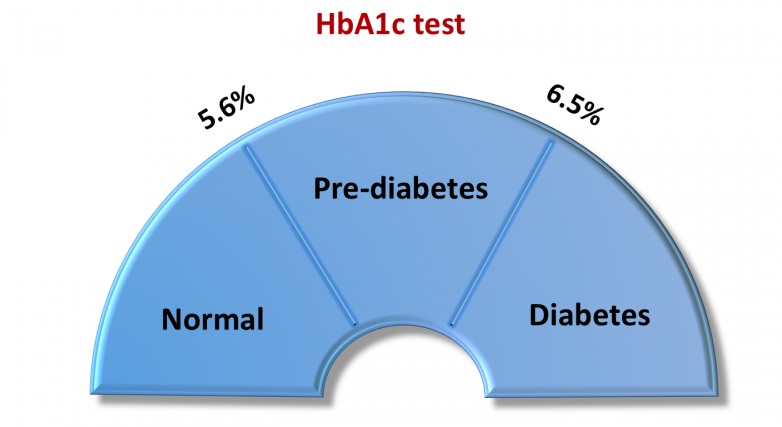Self monitoring of blood glucose (SMBG) is very crucial for those diabetics who are on insulin or on certain oral anti-diabetic drugs which can cause hypoglycemia. To achieve best glycemic control it is essential to know how your daily blood glucose levels are fluctuating in entire day.
It is easier for a diabetes specialist to adjust drugs or to adjust insulin dose if good SMBG record is maintained by the patient.
Normally we check fasting and 2 hr post prandial blood sugar levels in lab for routine follow up. There is bright chance of sugar excursions in the other post meal readings which gets unnoticed. Even in case of HbA1c or Glycated hemoglobin test we get an average result of blood glucose of last 3 months.
In practice I have seen several patients who had fasting and post prandial blood glucose lab tests in normal range but HbA1c levels below 7 is not achieved because they might have high blood sugars in other post meals which has got unnoticed.
To achieve best blood glycemic control it is important to control blood sugar levels within normal limits during entire day and not just fasting or post breakfast levels.
SMBG CHART :

Interpretation of SMBG Chart :
In the above image of SMBG chart I have mentioned 7 point charting system where you can fill your blood glucometer readings which you take on several spots in an entire day. it’s also called as 7 point self monitored blood glucose.
Seven Points includes :
- Fasting or before breakfast reading
- 2 hrs after breakfast
- before lunch
- 2 hrs after lunch
- before dinner
- 2 hrs after dinner or bedtime
- At mid night 3.00 AM
This seven point SMBG charting approximately covers entire day glucose fluctuations to some extent (ofcourse not as accurate as CGMS).
I have also mentioned a comment column in the above SMBG chart where you can note down change in food or change in insulin dose or any other changes that you have made which probably caused unusual readings like for example if Hypoglycemia occurs at before lunch reading and you have skipped breakfast or had very little snack at breakfast you can mentioned that.
You do not need to check daily all the 7 points, you can check any one or 2 points randomly depending upon your sugar control.
More uncontrolled blood sugars requires more frequent SMBG glucometer monitoring.
Monitoring of blood glucose at home in case of diabetic pregnancy or gestational diabetes is also important where frequent monitoring and SMBG charting of glucometer readings helps a lot to patient.
Download SMBG chart in PDF format below and take print of it.
DOWNLOAD SELF MONITORING OF BLOOD GLUCOSE CHART FOR HOME HERE :
I hope this article will help you to control your blood sugar levels more efficiently.
If you find that some of the post meal or pre meal readings are high or low, please consult your diabetologist with SMBG chart to adjust your medication or insulin dosage.
If you like my article please share it with your friends and family.
Awareness is prevention!









